When it comes to driverless cars, some people are excited about it and some people are worried about it. Some people remain neutral. Although driverless cars can effectively reduce human error and reduce the number of casualties caused by traffic accidents every year, people are not familiar with it. What we most want to know is, what can a driverless car do? What intelligent features and functions does it have? Since Google started developing driverless cars a few years ago, we have a certain understanding of the technology used.
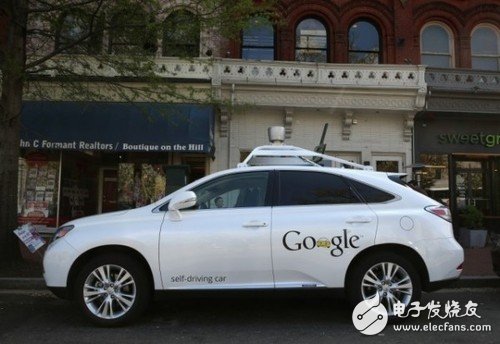
Driverless cars integrate a sophisticated GPS system that allows the car to sense changes in road conditions and then analyze the data through other systems to get you safely at your destination.
In addition, the car also integrates a series of cameras and sensors that will continuously monitor the traffic around the car and combine the driving information of other vehicles provided by the electronic map to effectively prevent crashes. The radar and laser system on the car also allows the car to sense driving conditions over longer distances. By processing all of this information, the car can accurately determine when to accelerate, when to brake, and the appropriate driving route.
In addition to these basic functions, driverless cars can do more than just take you from your starting point to your destination. Here are six new features that will show you what a future driverless car will look like and what changes it will bring to your life.
First, highway traffic and traffic congestion handling
Recently, Nvidia's senior car director Danny Shapiro talked about the expectations of driverless cars and the time of official road. Now, the driverless car has started on the road, such as Audi is already testing the prototype. Only a few years ago, driverless cars required several computers to operate; now, all with a single board, all operations can be done.
The camera has a built-in camera, sensors and a processor that can handle everything. Shapiro said: With these configurations, traffic congestion can be effectively prevented. Cars can travel freely on the highway, neither cross-tracking nor speeding, and maintaining a safe driving distance. He believes that from 2017 to 2019, driverless cars will become a reality. But don't expect it to be fully automated, it will behave differently, for example: with traffic jam assistance, highway trials, and automatic parking.
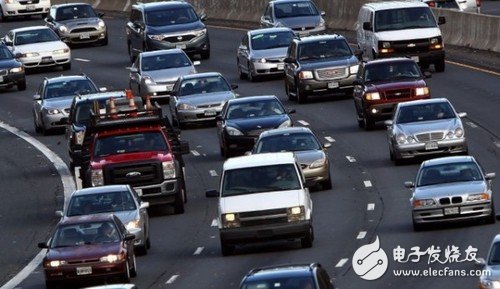
Second, automatically find free parking spaces
BMW has released a smart map that tells drivers where there are free parking spaces and how much to charge. Developed by Inrix, the technology will help solve urban parking problems and reduce fuel consumption. It will also be used in driverless cars, which work in much the same way as Google Maps and other similar applications, and can display different street parking conditions in different colors on the map. Red indicates that there may be no free parking spaces on the road, while green indicates that there are spare parking spaces on the road. At the same time, the app will also show the location of the parking lot and their charges.
Currently, the technology is only available in six cities and is expected to expand to 23 different cities by the end of this year. After that, Inrix will continue to expand it to more major cities.
Third, to detect whether the driver is drunk
The National Highway Traffic Safety Administration has released an alcohol detection system for driverless cars that prevents drivers from drunk driving. The system detects whether the alcohol content in the driver's body exceeds the legal standard by detecting the driver's skin or breathing. If the alcohol content exceeds the standard, the car will automatically turn off.
The system includes a respiratory detection system and a touch monitoring system. The respiration detection system was developed by the Swedish Autoliv Development Company. During the operation, the driver calls the gas to the sensor on the steering wheel, where the infrared beam measures the alcohol concentration and carbon dioxide concentration.
The touch detection system was developed by auto parts suppliers Takata and TruTouch, which measure the surface of the skin of the driver's fingertips with an infrared beam to measure the alcohol concentration in the blood. The development of the system took about five years, and it will be installed by the customer at a price of about $400.
Fourth, help you look after your children
Researchers at the Carnegie Mellon University School of Engineering recently conducted a survey to find out what security features customers want a driverless car to have. They found that most people want child care. 84% of respondents believe that driverless cars should have the function of setting speed limit, curfew time and number of passengers. 61% support the limited geographical range that cars can travel. 60% of people want to install a display for parents and children to communicate. Among these supporters, the majority between the ages of 18 and 24.

Fifth, connect smart home system
Researchers at Carnegie Mellon University also found that people also want unmanned cars to connect to smart home systems. Companies that aim to build residential automation have incorporated geofencing into the system. When you leave home, the security camera will automatically turn on; when you drive home, the garage door will open automatically. This technology should soon be used in driverless cars.
Later in the year, CNET reported that Apple applied for a patent that would allow the phone to remotely control the car. Now, it's not hard to imagine that Apple will likely combine a driverless car with the Homekit home automation architecture in the future, all of which can be controlled by the iPhone in the pocket.
6. Communicate with other driverless cars
To make a driverless car safer, you must communicate it directly with other cars. ABI Research reported in January that the original model of the concept, the inter-vehicle communication technology, will emerge in the coming years. Some automakers have begun experimenting with an inter-vehicle system that allows cars to exchange weather information, road conditions, and traffic data.
According to statistics, this system in the United States can reduce non-drunk traffic accidents by about 80%, which means that this will reduce about 5.1 million traffic accidents each year and save about 18,000 lives. The technology also allows information on when and where to turn around between vehicles, which will make driverless cars more comfortable on the road.
Green Touch's self-developed 5A series of open frame touchscreen computers can support Windows, Linux, Android operating systems, with excellent functionality and flexibility, and provide you with reliable commercial and industrial-grade solutions. The 5A series adopts modules. Designed with diverse and powerful functions, it can be used in public environments such as in-store human-computer interaction, operating system cashiers, self-service, hotel services, and corporate offices. It has a wide range of uses, provides a variety of sizes and configuration options, and has versatility for cross-environmental use , sturdy and durable, can meet the needs of continuous public use.
* Display Type: Active Matrix TFT LCD, LED Backlight
* Touch Typeâ‘ :PCAP ,10 Points Touch
* Touch Typeâ‘¡:Infrared ,10 Points Touch
* Touch Typeâ‘¢:4 Wire Resistive/5 Wire Resistive,Single Touch
* Extra Video Output:1*VGA,1*HDMI
* Motherboard:Inter I3,I5,I7
* Supported OS:Windows,Android,Linux
* Certificates:UL,FCC,CE,CB,HDMI
* Warranty:1 Year
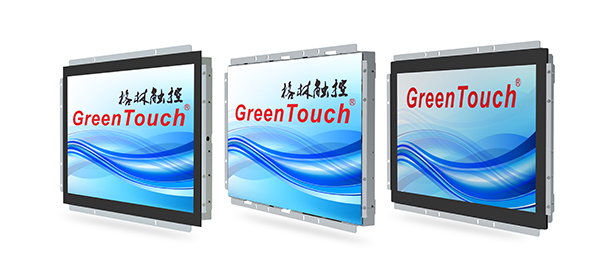
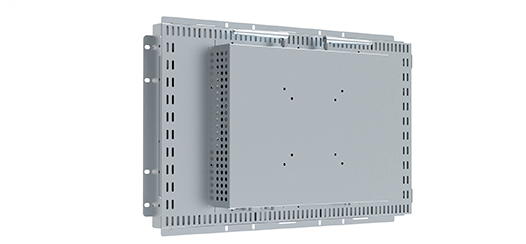
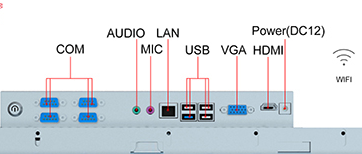

Open Frame For Resistive Touch All-in-one
Open Frame Touch Computers,Open Frame Touch All In One PC,Open Frame Touch All In One Computer,Commercial All-in-one Machine
ShenZhen GreenTouch Technology Co.,Ltd , https://www.bbstouch.com